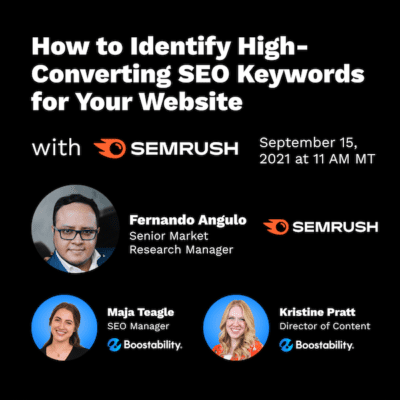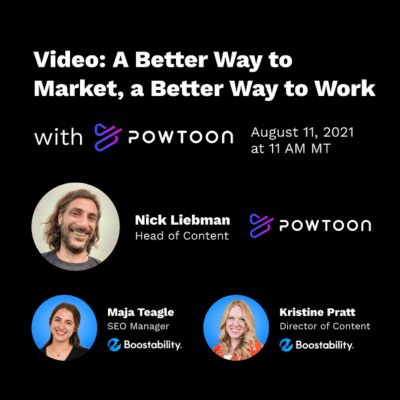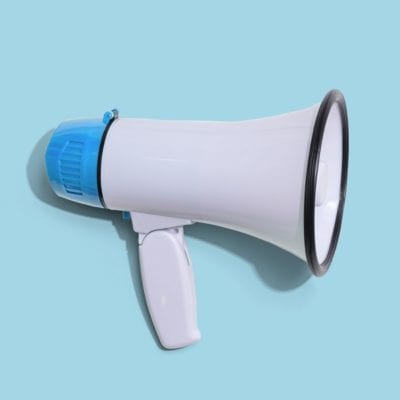Most business owners understand that marketing is how you get customers. The thing is, marketing comes in all shapes and sizes. It can be overwhelming to know which type fits your company the best. Instead of trying to shove a square peg into a round hole, think about your primary goals. For many small businesses, the top priority is sales. You want that casual shopper to become a loyal customer.
It’s easy to feel bombarded by all the different sales tactics out there. Start with something that has a proven track record of success: direct response marketing.
What Is Direct Response Marketing?
When you break it down, the term isn’t as intimidating as it might sound. First, you put information about your company directly in front of customers. Then, you encourage them to respond to it. If you make the offer appealing enough, many people will take the desired action that you suggest in the ad.
Imagine asking your prospective customer to sign up for weekly email updates. You can entice that person to follow through by including exclusive discounts as part of the deal. Signing up for the newsletter was the goal, and you managed to achieve it through a focused advertisement.
How Is It Different From Other Advertising Methods?
There are a lot of ad campaigns that center around the creation of an image. Many companies want their brand to be the most well-known in their specific niche. If you want to be popular, you have to put yourself out there. A clever commercial may not elicit a direct response, but it might get people talking about the company that made it.
This works great for large corporations that have big advertising budgets, but it’s less effective for small- and medium-sized businesses. The extent of bigger competition out there makes it an uphill battle to achieve your goal. Try focusing instead on the method that get results immediately.
Do Direct Response Ads Come Through the Mail?
There was definitely a time when mailers were the primary vehicle of direct responses. In fact, snail mail is still quite useful. A recent estimate revealed that recipients redeemed 2.5 billion coupons in one year alone. Despite that significant number, direct response marketing can come in many forms:
- Social media
- Search engine ads
- Website ads
- Radio
- Print publications
From this list, it’s clear that direct response efforts take advantage of both traditional and digital marketing outlets. You don’t have to limit yourself to just one; maximize the number of responses by meeting people in every camp.
What Does a Direct Response Ad Contain?
Ideally, your ad should include as few words as possible. You only have a moment to capture someone’s attention, so you have to make it count. Whatever words you choose should describe what it is you’re wanting to give the customer. It may just be your product or service, but it could also take the form of discounts or free trials.
The second thing you need is a call to action. There’s no beating around the bush with this part: Tell potential customers exactly what you’d like them to do. The best versions start with action verbs:
- Call
- Contact
- Sign up
- Join
- Buy
- Schedule
If you’re using an online ad of some kind, it pays big time to attach an appropriate link to the phrase. This makes it easier to take immediate action.
What Is the Benefit of Using This Strategy?
When you use digital marketing to spread your direct response ads, you can track them. Data tools help you see which ads are generating the most responses. With this info, you can either fix the underperformers or remove them altogether.
You also have a lot of control over who sees these ads. That means you can focus on the people who have a greater likelihood of buying your product or service. This benefit provides the ultimate bang-for-your-buck when it comes to marketing.
Though your end game may be to make the sale, you can also guide a customer in baby steps. Maybe your call to action asks the person to learn more, request info or explore options. A simple click can bring that prospect to your webpage. Once there, you can attempt to engage that visitor even more.










